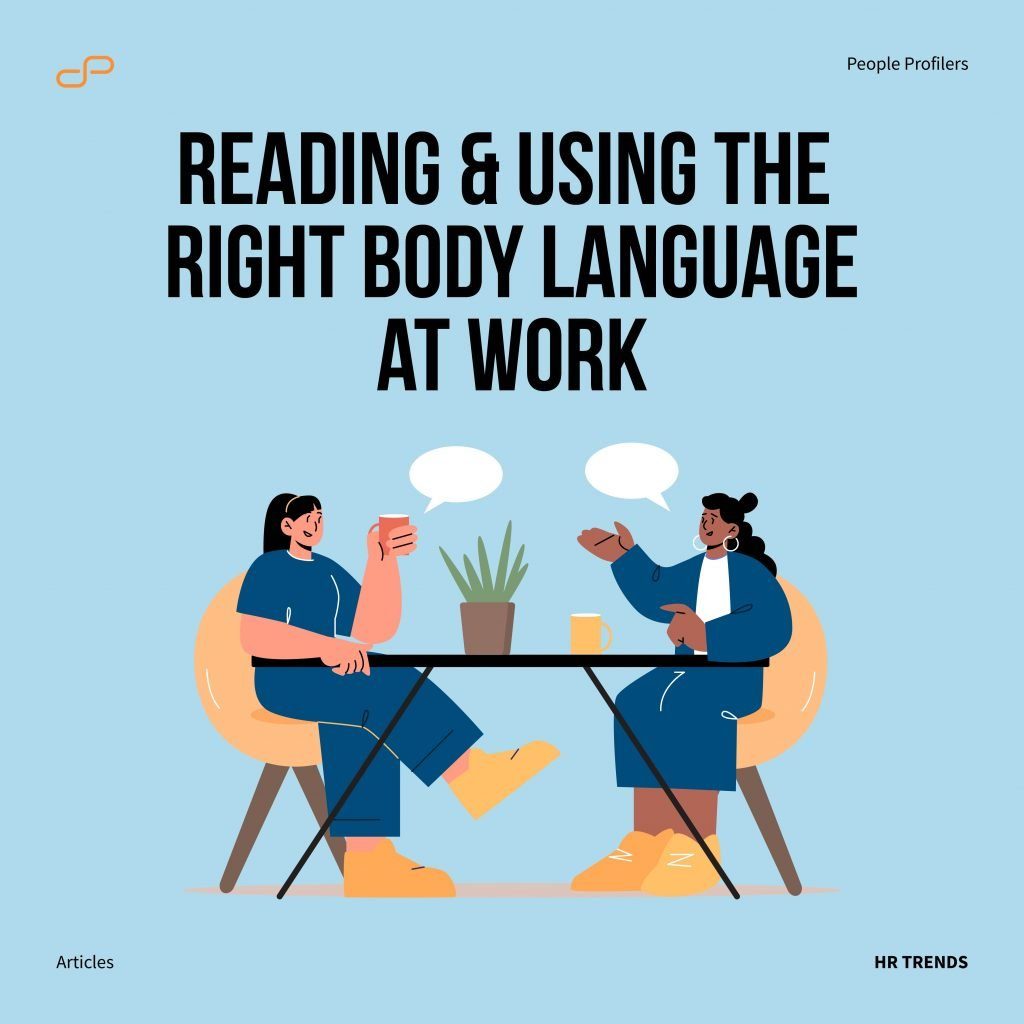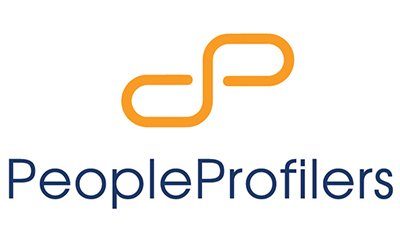
Body language allows you to communicate your intentions and feelings through facial expressions, gestures, postures and other movement-based signals. While words are important, they only make up 7% of communication in a face-to-face conversation.
38% comes from your tone, while 55% of communication happens through non-verbal cues and body language.
Moreover, body language is often unconscious, which means you might be negating what you say through your body language without even realising it. Thus, knowing how to read and use the right body language will help you to communicate more effectively in the workplace.
The most common forms of body language include:
- Facial Expressions: Smiling, frowning, furrowing your eyebrows
- Hand Gestures: Waving, beckoning, counting with your fingers
- Posture: Slouching, sitting upright, leaning against furniture
- Eye Contact: Looking at who you’re speaking to or avoiding their eyes
- Touch: Shaking hands, hugging, patting
The first step to learning and using body language is to be more self-aware. Notice your facial expressions, gestures and postures when you interact with people around you and how you feel and think about these people. Do your actions match what you want to say and how you want to be perceived? Practice being intentional with these non-verbal cues.
You can tell how confident people are and feel by paying attention to their body language. A confident person will make eye contact and express themselves with casual gestures and relaxed facial expressions. On the other hand, a frustrated coworker might have a rigid posture, behave skittishly and avoid eye contact.
Observe the people around you and practice interpreting their body language with what you know about them. Chances are, you’re already doing this every day without even realising it.
Who are the people you consider to be friendly at your workplace? What kind of facial expressions and hand gestures do they commonly make? How do they hold themselves? Do they create and maintain eye contact with you? What makes you perceive them as friendly?
However, it is essential to remember that every individual is different. Thus, paying more attention to the body language of the people around you will help you to identify how their everyday gestures and expressions change with their moods and feelings. The gestures and actions you associate with certain moods and feelings may differ from person to person.
For example, bouncing or shaking one’s leg under the table usually indicates anxiety; however, some bounce their leg regardless of the situation. Thus, it could be a habit they have and not necessarily indicative of how they feel.
That said, most body language is universal and intuitive.
Keeping eye contact and leaning forward indicates an interest in what the other person is saying or doing. Excessive eye contact signifies obsession, while a lack of eye contact conveys disinterest or a lack of confidence.
The distance you stand from the person you’re talking to also says much about your relationship with them. The further you stand, the more distant and uncomfortable with them you’ll seem, while extreme closeness indicates an intention to intimidate.
Fidgeting while a person is talking makes you appear nervous, agitated or uncomfortable, while firm nods and stillness conveys engagement and confidence.
At the workplace, many things cannot be said in light of etiquette and propriety, but these moods and feelings are often communicated through body language. Thus, learning to read and use body language is a valuable skill that allows you to understand what is being said without words and react accordingly.
Like all other forms of communication, It takes time to get good at it because each person has their own quirks and behaviours. The key to becoming good at understanding body language is to observe it in others and use what you know in your interactions with them.


